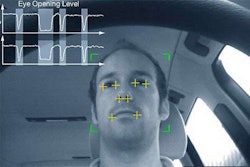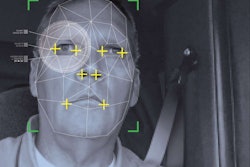Until very recently, the Federal Motor Carrier Safety Administration has largely ignored fatigue monitoring technology, and therefore any potential it has for a significant revision of the hours of service.
Instead, regulators for decades have tinkered with the hours of service as if it were a magic template to solve the fatigue problem for every individual in every trucking application. Anyone familiar with trucking’s diverse operations and their infinite disrupters knows this to be a pipe dream.
In the meantime, fleets, motivated by good results and potentially lower insurance premiums, are beginning to integrate fatigue monitoring tech, as our “Fatigue’s fast track” series has reported. Most notably, they’re adopting road-facing dashcams, which can be used for monitoring fatigue. Now some dashcam vendors are pushing driver-facing cams that are increasingly able to detect potential fatigue or distraction. Other monitoring tech, having succeeded in other industries, is also beginning to penetrate trucking.
For owner-operators, this is a mixed bag:
SmartDrive recently announced its SmartSense system, which uses data from two cameras, the engine computer and other sources to identify driver distraction and fatigue.









